How to Survive a Wild Boar Attack
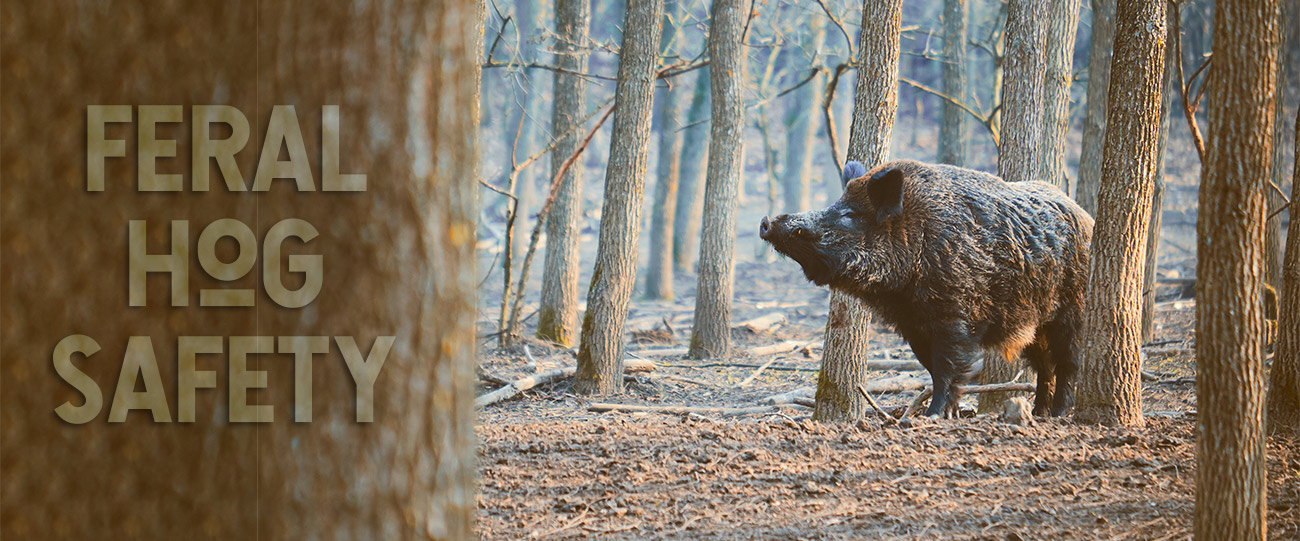

I’ll never forget the 1957 Walt Disney classic Old Yeller, a movie about a boy and his faithful dog. At the climax of the film, the dog bravely defends the young boy from being attacked by a pack of wild hogs. The dog’s boldness is just enough of a distraction for the boy to get away up a tree, but Old Yeller is wounded. Later the dog defends them from a rabid wolf and contracts rabies from it. Ultimately this leads to the tragic scene of his death – still one of the saddest movie scenes ever. The pigs were villains in this story and, I would guess, countless other stories throughout history!
So that begs the question – how can we make sure we don’t suffer the same fate and avoid encounters with wild boar?
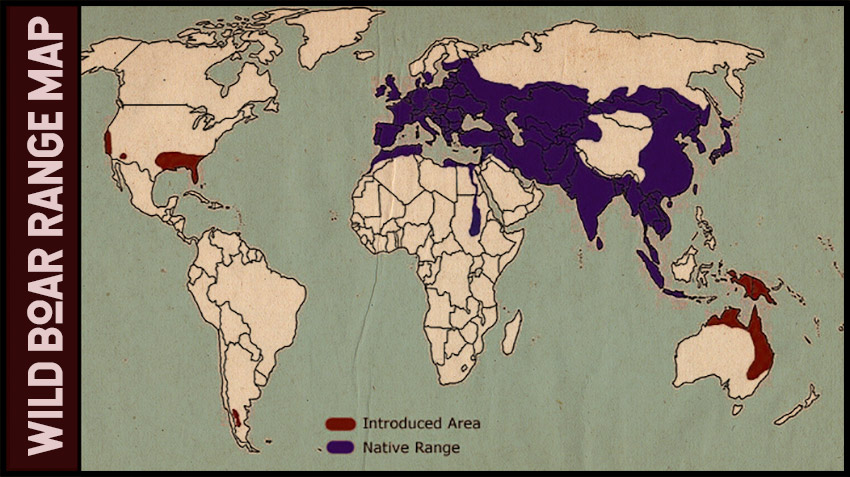
Wild Boar Basics
The ferocity of wild pigs is legendary. It’s even been the subject of cave paintings going back at least 15,000 years ago. This is a cave painting re-creation in the style of those found in Spain during that time.
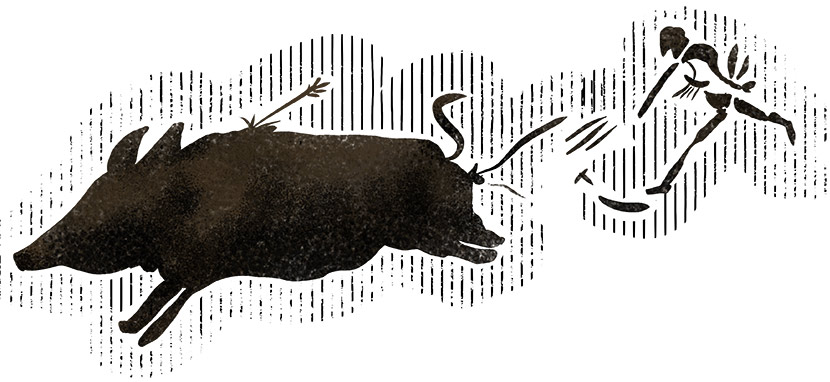
Globally there are eight living pig species. I’m talking here mainly about wild boar, aka feral hogs. This is a term used to describe the wild version of our domesticated pigs.
People don’t generally think of those little pink pigs you see in children’s cartoons as ferocious. This couldn’t be further from the truth. If released from the farm, they quickly drift back into a more wild version – what we commonly call the feral hog. Make no mistake, these animals can get large, powerful and can be very dangerous.
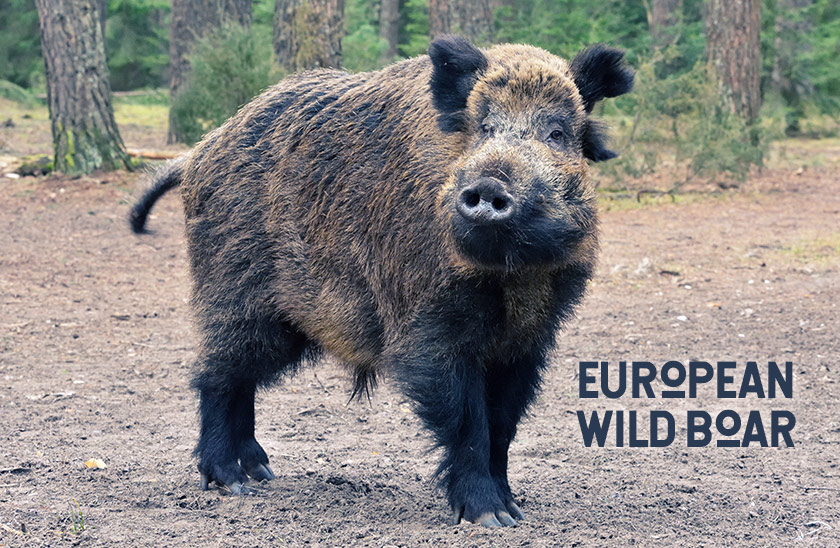
One of the largest wild hogs ever was reported to be 1,000 pounds and 12’ long. The pig was named Hogzilla and became a viral sensation in 2004. After exhuming the corpse for a Nat Geo episode, scientist John Mayer determined it was closer to 800 pounds and 8.5 feet long.
In 2007, another viral pig surfaced. “Monster Pig”, as it was named, was killed in Alabama by an 11 year old boy. It weighed 1,050 pounds and measured 9 feet 4 inches. Unfortunately, it seems like the story was only partly true as the animal turned out to be a formerly domestic pig that had gone feral and was living on a private commercial hunting preserve. Either way, these two reports show how large these pigs can feasibly get.
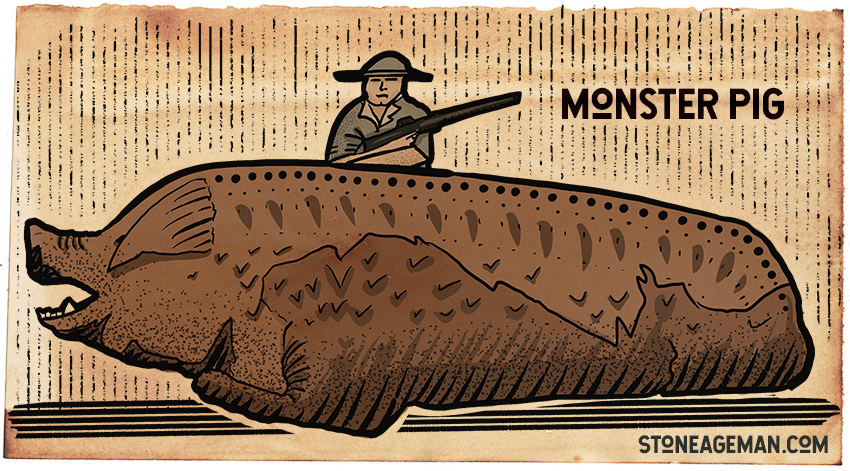
Pigs also eat almost anything. Technically they are omnivores. People know they’ll eat kitchen scraps, but they’ll also eat meat. They’ll eat grain, grubs, tasty plant roots, dead carrion and even their caretakers if given the opportunity. For me, this doesn’t make them man-eaters, but it’s a reminder not to “play dead” around a pig.
Attacks by wild hogs are rare, but they happen more often than attacks from large predators, like wolves. One study analyzed 412 documented attacks from 1825 to 2012 that involved 665 people. Seventy percent of those attacks were in the last 12 years of the study – which means, the attacks are increasing.
Other Potentially Dangerous Large Pigs
While we’re on the topic of pigs, let’s not forget that there are other wild pigs that have walked and are walking planet Earth. Here are a few from our past and present.
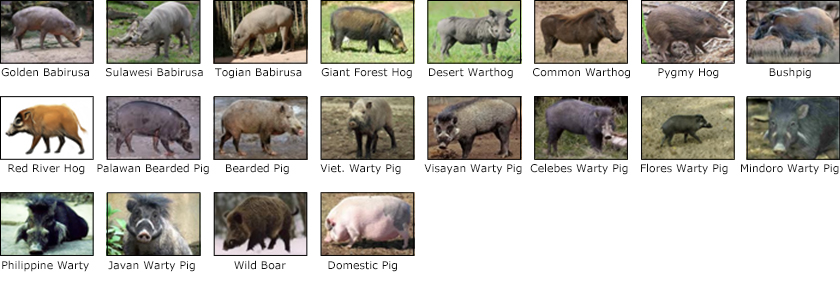
The ‘Hell Pig’ or Entelodont was a famous pig-like ancestor that was close to living pigs on the evolutionary tree. It thrived for about 30 million years from about 50 million years ago (mya) up to about 19 mya. It is estimated that they could get to about 2000 pounds and were massive predators on the plains of North American and Eurasia.
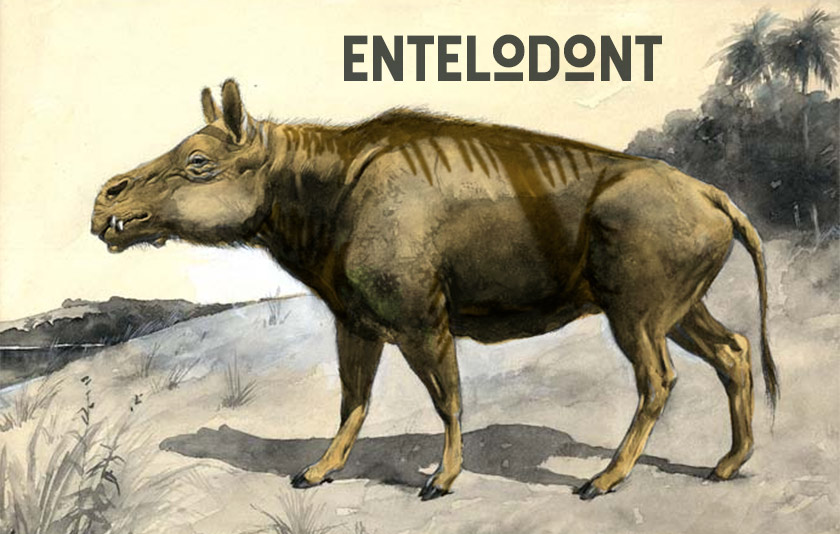
Warthogs like the cartoon warthog Pumbaa in the Lion King roam the African savanna and can weigh up to 165 lbs.

Giant forest hogs live in central Africa and can reach over 600 lbs.
Bush pigs, also African, can weigh 330lbs.
Red River Hogs, another African pig, has beautiful red coats and can grow to about 250 lbs.

Babirusas are pigs found in and around Sulawesi and sport massive canine tusks – giving them a super prehistoric look. In fact, the upper canines grow up and out of the skull on the top. These pigs can reach 220 lbs.
Peccaries, while not technically in the pig family, are the closest thing that the New World has to native pigs. In total there are 3 species, and the largest of them don’t even get to 100 lbs.
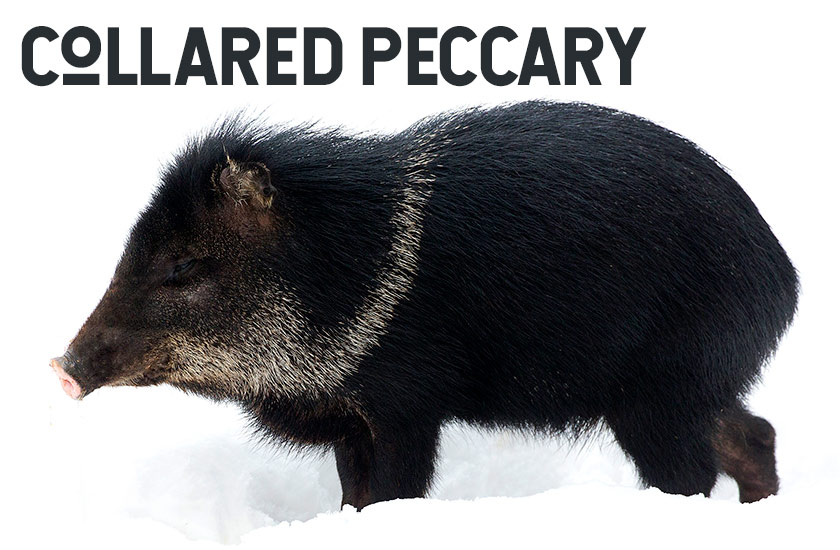
Scenarios to Avoid around Large Pigs and Wild Hogs
Wild boar are aggressive. When they attack, the injuries are mostly lacerations and punctures. In severe cases, this could lead to fatalities due to blood loss. Basically, you’ll want to avoid getting attacked. Here are a few recommendations to stay safe.
- Avoid traveling alone on foot in rural areas, especially in areas with dense thickets.
- Walking with a dog could provoke an attack if you come across a wild boar, so be mindful of this.
- Don’t threaten or chase a pig out of an agricultural field or garden.
- Don’t approach an injured pig. In a wounded state they’re likely to lash out in self defense.
- Don’t try to feed or pet a wild pig. This not only associates humans with food, but could lead to habituation and loss of fear of humans. It can also result in getting you either bitten or injured.
- Don’t block the path of a fleeing pig.
The Most Dangerous Pigs
Solitary large males are the largest and most aggressive individuals you could encounter. Even worse is a big, angry, injured animal. Occasionally you might find a group of pigs that proves to be a threat as well.
Technically about twice as many attacks happen in the winter months as they do in the summer, but you could be attacked at any time.
How to Survive an Attack by a Wild Hog?
Playing dead in a pig attack is a bad approach, mainly because the pig now has access to goring your stomach – which is bad. So, here are a few tried and true methods that have worked for survivors of pig attacks.
- First, if you see a pig approaching from a distance, run away. Keep in mind that they’re fast, so this won’t work if they’re already very close.
- If they continue approaching you, try to get up a tree. They can’t climb, so 6’ up and you’re probably safe.
- If there are no trees around, stand your ground and prepare to fight the pig. If you don’t have a gun, knife or spear, use anything you have. This might include a tripod, bike, shovel, or dog leash. Try your best and never give up.
- Stay on your feet. If you fall, you risk getting a tusk in the gut, arms, head or neck.
- Keep fighting until the pig stops. Often attacks only last a minute.
- Get first aid immediately. Not only do you need to prevent blood loss, but pigs carry a lot of harmful bacteria in their mouths that could cause serious problems if untreated.
Prefer Listening?
If you’d rather listen to this article about wild boar, I’ve recorded it here to make it as accessible as possible.
Videos about Surviving Wild Hogs
This particular video talks about one of the recent wild hog deaths in Texas.

